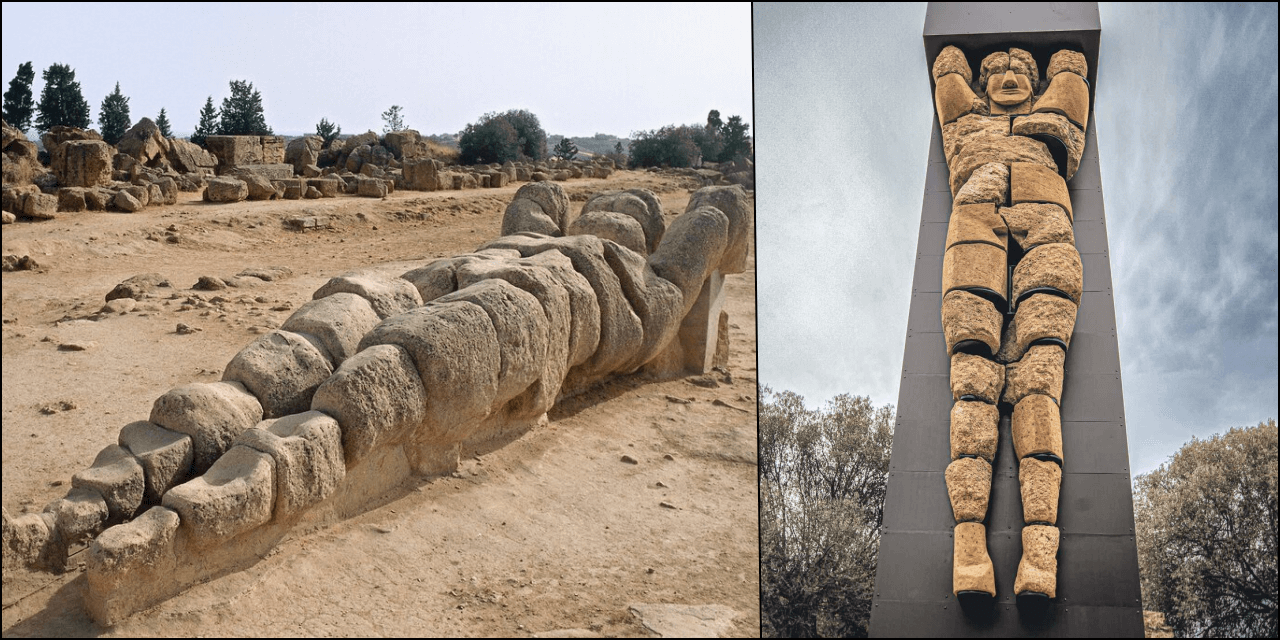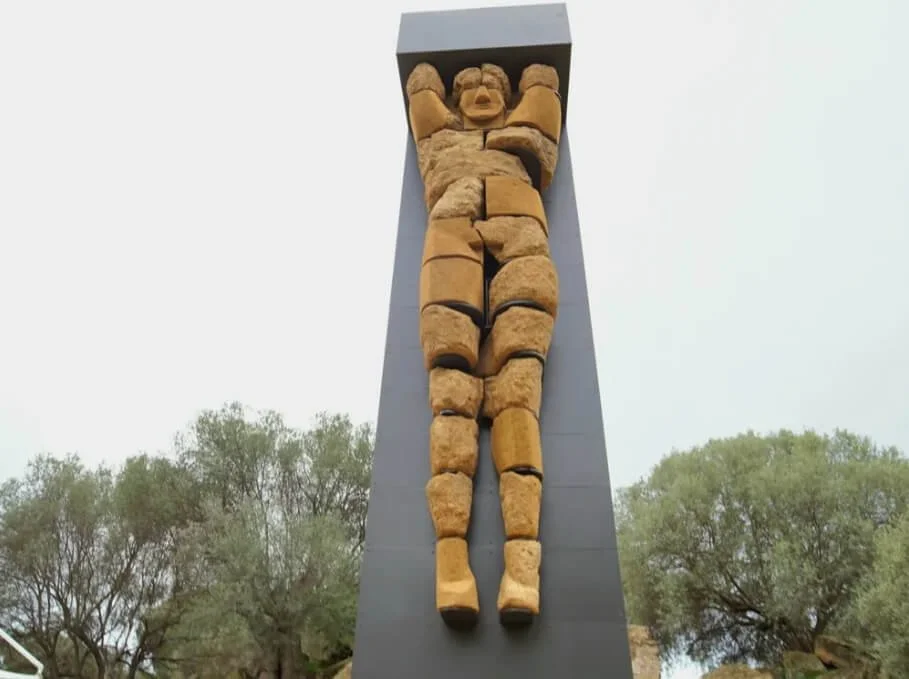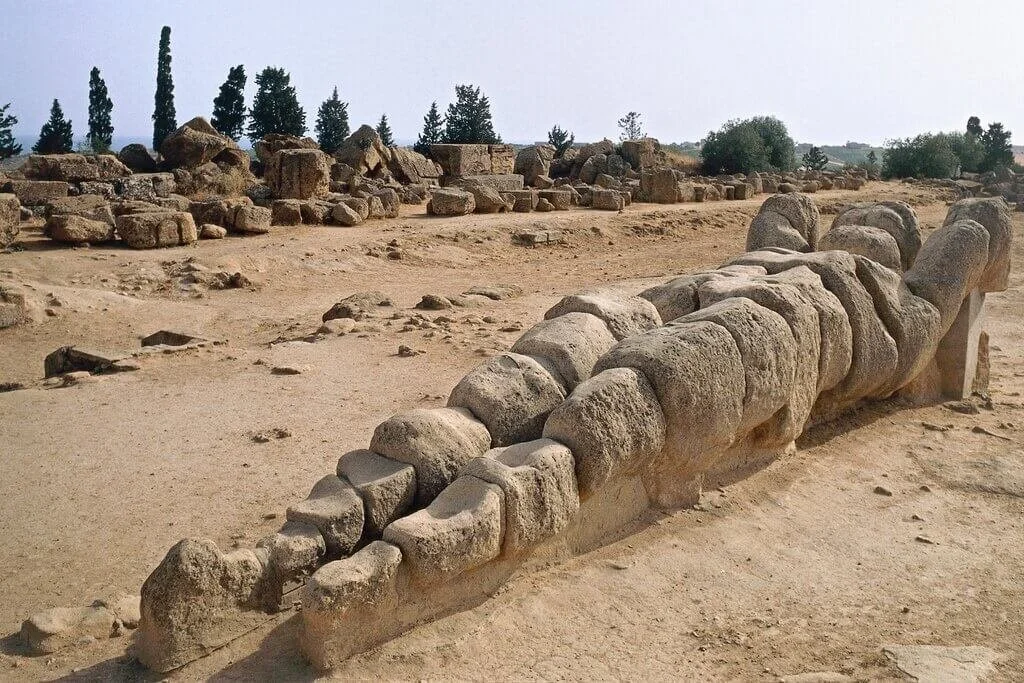In a remarkable feat of archaeological restoration, Sicily's Valley of the Temples witnesses the resurgence of a long-buried titan as the colossal statue of Atlas is resurrected after centuries of obscurity. Standing tall at 8 meters, this monument to ancient craftsmanship and mythological grandeur now proudly graces the landscape once more, reclaiming its position among the revered Greek temples of Agrigento.
Dating back to the illustrious fifth century BC, the Atlas statue was but one of the numerous adornments embellishing the Temple of Zeus, a testament to the architectural prowess of the era. Yet, despite the temple's incomplete state, its grandeur was undeniable, and the Atlases, frozen in their eternal act of supporting the structure, bore witness to a bygone era of myth and majesty.
The journey to resurrect Atlas began with its discovery by Charles R. Cockerell in 1812, a pioneering moment that unveiled the hidden treasures buried amidst the ruins of Akragas. Identified not as mere stones but as fragments of a divine titan, the significance of Atlas transcended mere mythology to become a tangible link to a forgotten past.
Researchers have pieced together a 26-foot-tall statue of Atlas originally built some 2,500 years ago. Sicilian Regional Government
Over the centuries, earthquakes ravaged the temple, and plunderers sought to claim its stones for their own. Yet, amidst the rubble, the spirit of Atlas endured, awaiting its moment of resurgence. Pirro Marconi, an archaeologist, took the first steps toward resurrection in 1920, laying the groundwork for subsequent initiatives to restore Sicily's former splendor.
Fast-forward to 2004, when a group effort under the direction of the German Archaeological Institute of Rome set out on an ambitious mission to piece together the historical puzzle. The Atlases started to take shape once more under the direction of meticulous research and unwavering dedication, with each sandstone block serving as a testament to human ingenuity and respect for the past.
Today, as the newly restored Atlas stands guard before the Temple of Zeus, it symbolizes more than just a triumph of restoration. It embodies the resilience of human endeavor and the enduring legacy of civilizations long past. The Valley of the Temples, now a UNESCO World Heritage Site, stands as a testament to the greatness of ancient Greece, inviting visitors to embark on a journey through time and memory.
A replica of a giant telamon, cobbled together in the 1970s from local stone, near the Temple of Jupiter in Agrigento’s Valley of Temples.Credit: M.Leigheb/De Agostini, via Getty Images
But beyond its cultural significance, the resurrection of Atlas serves as a reminder of our responsibility to preserve and protect our heritage for future generations. In the words of Roberto Sciarratta, director of the Valley of the Temples park, this endeavor is not merely about resurrecting statues but about safeguarding the essence of history itself.
As we marvel at the towering figure of Atlas, let us remember that the true guardians of our past are not made of stone but of the collective efforts of those who strive to honor and cherish the legacies of the past. In resurrecting Atlas, we breathe new life into the annals of history, ensuring that the echoes of antiquity resonate for generations to come.









